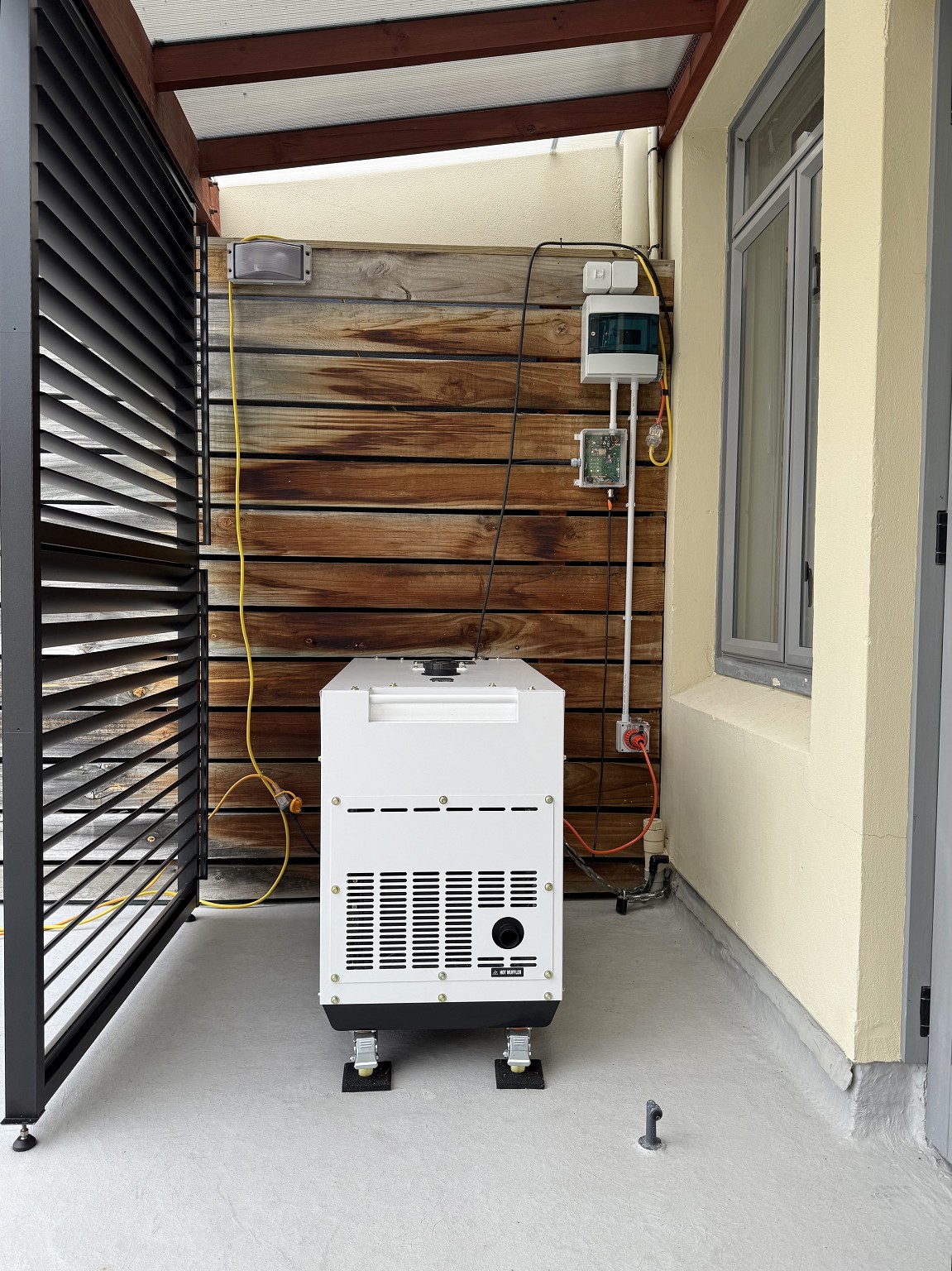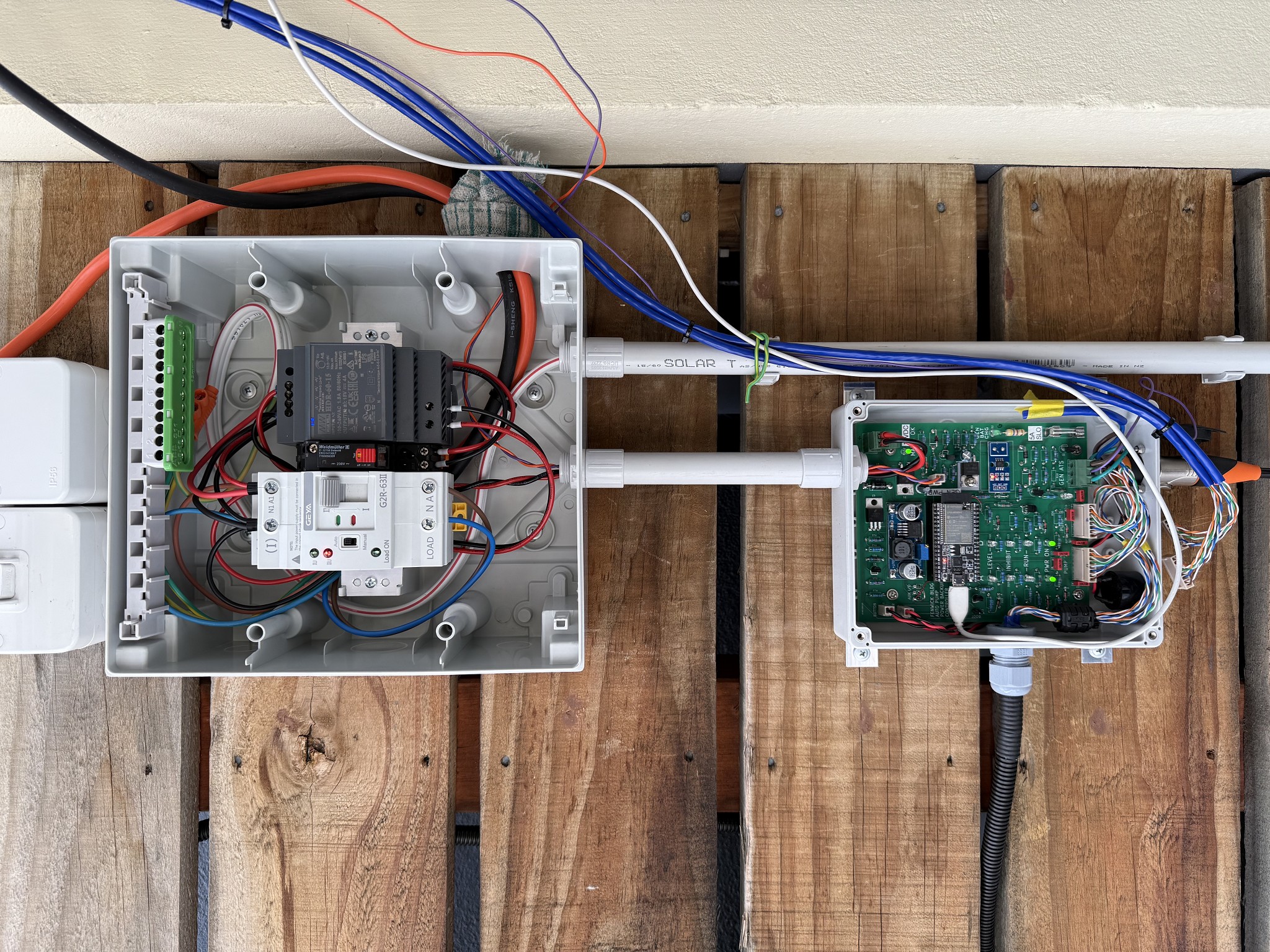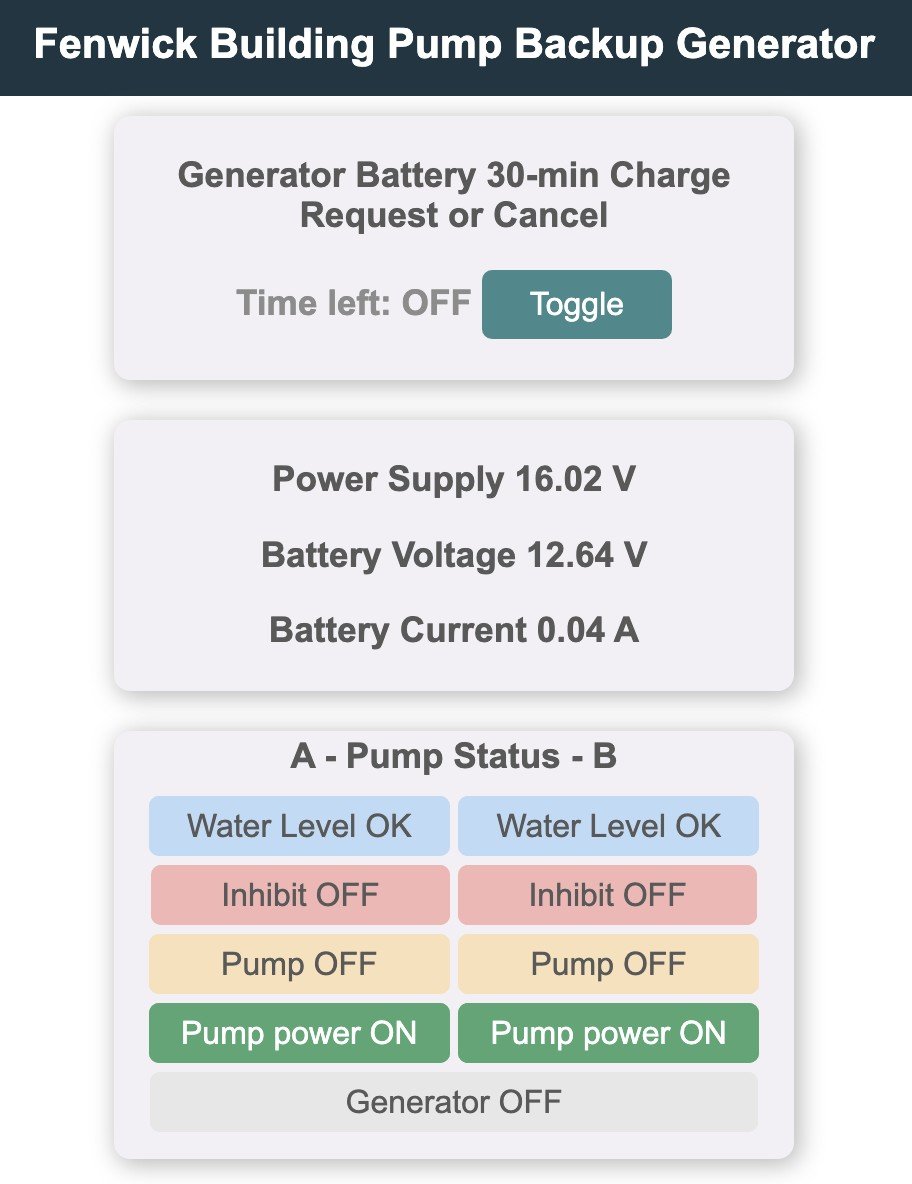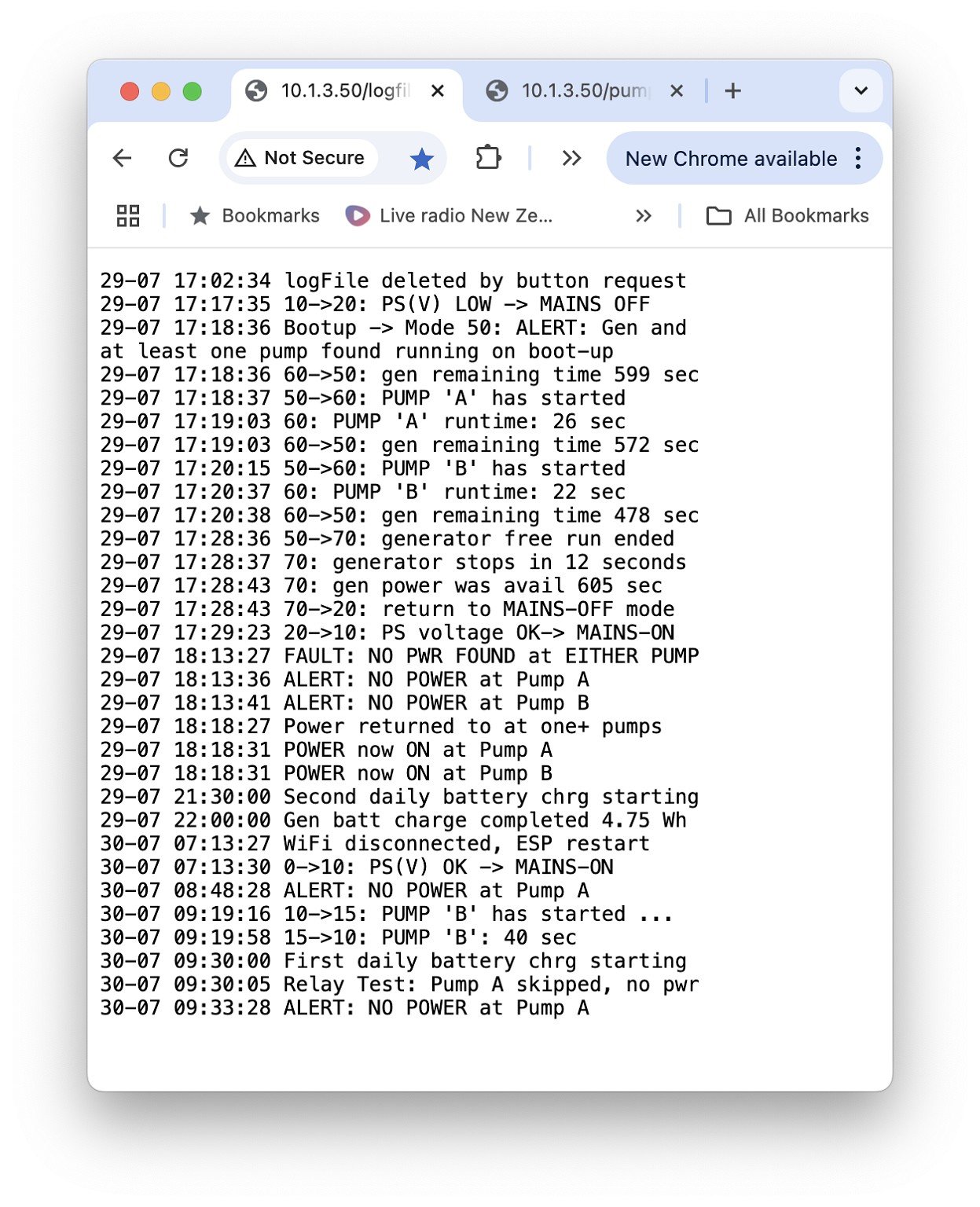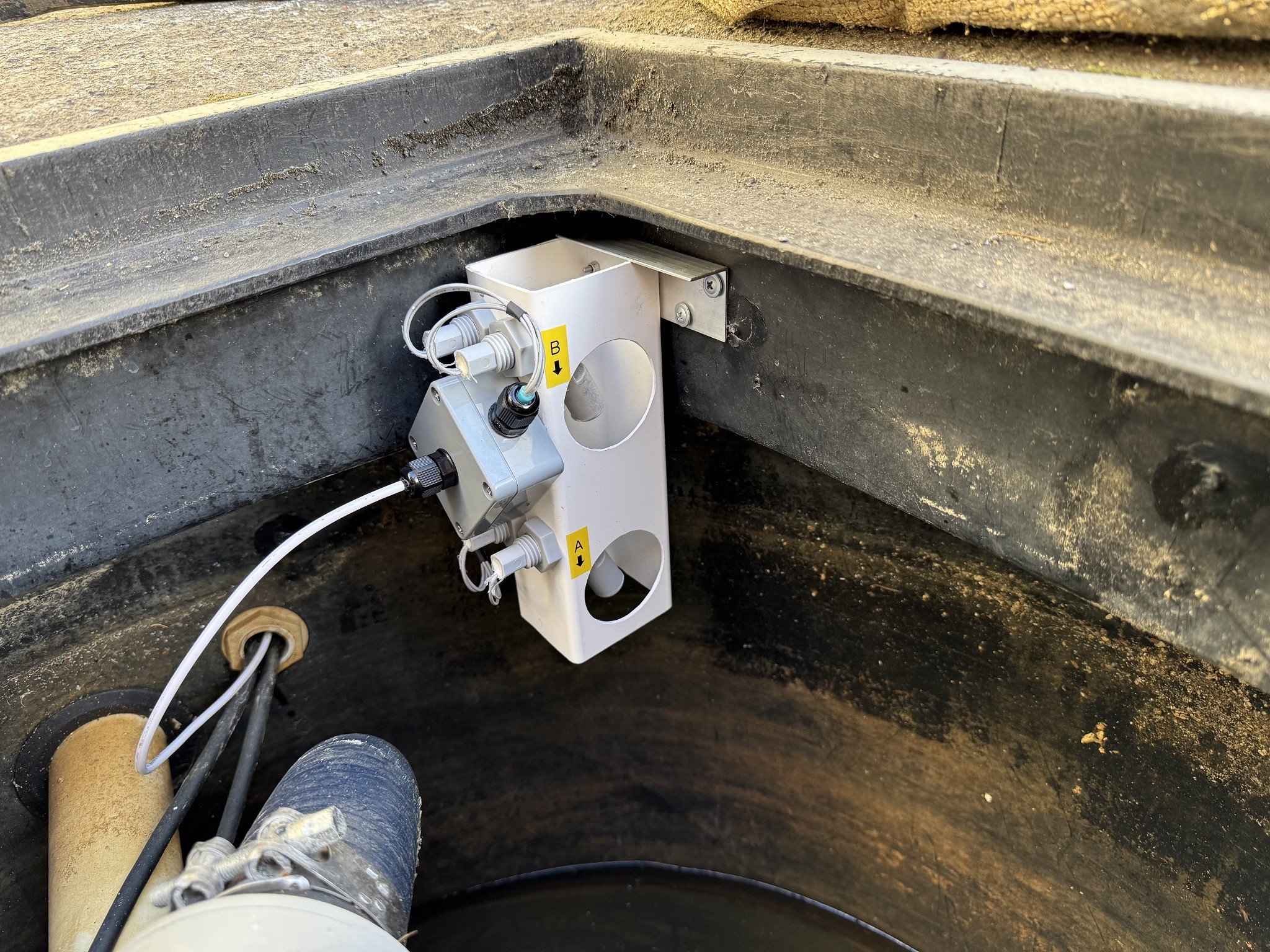I need an automatic power transfer (changeover) switch for a rainwater pump on a 20A circuit. My electrician doesn't seem to be able to come up with anything under $3-4 grand installed, more than twice what I expect is reasonable.
It's literally a changeover contactor and a plastic box placed along the path of an existing circuit with an inlet receptacle for the generator. When the generator is started it detects that presence and swaps that circuit to the alternative power supply without risking back-feed to the mains.
There is an NZ manufactured one but it's manually-operated. There are a few others with EU certs offered by reputable suppliers priced at $800 to $1500 (for the hardware alone) but it's not clear if those could be signed-off. There's plenty on eBay that say they comply with EU standards and are attractively priced.
Has anyone had one installed and certified by an electrician in NZ at a reasonable price that could share the source of that part? I'm in Hawkes Bay.

